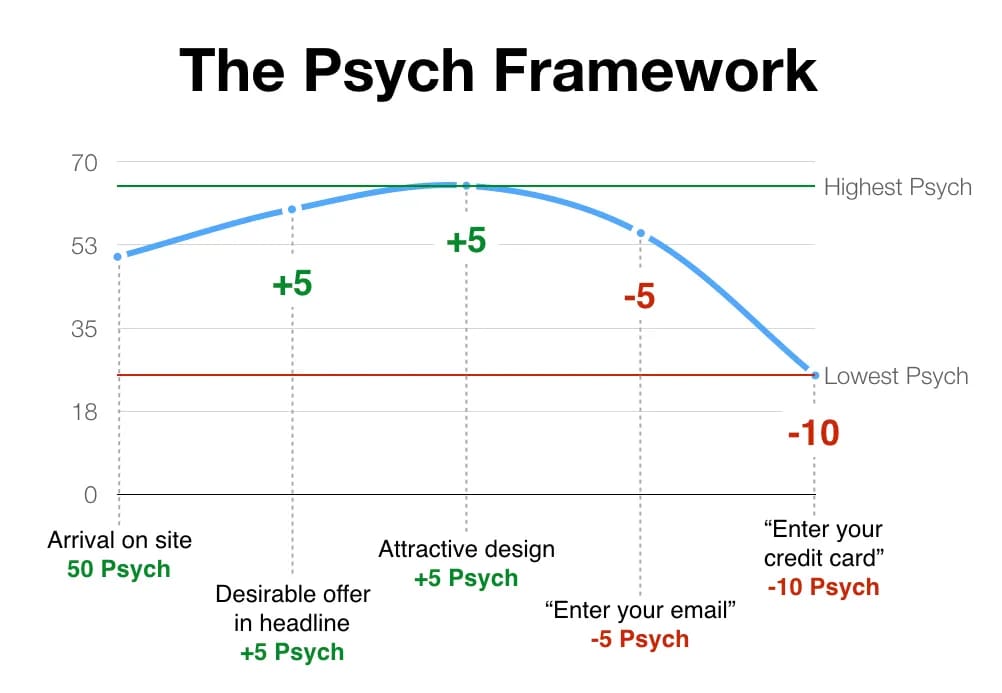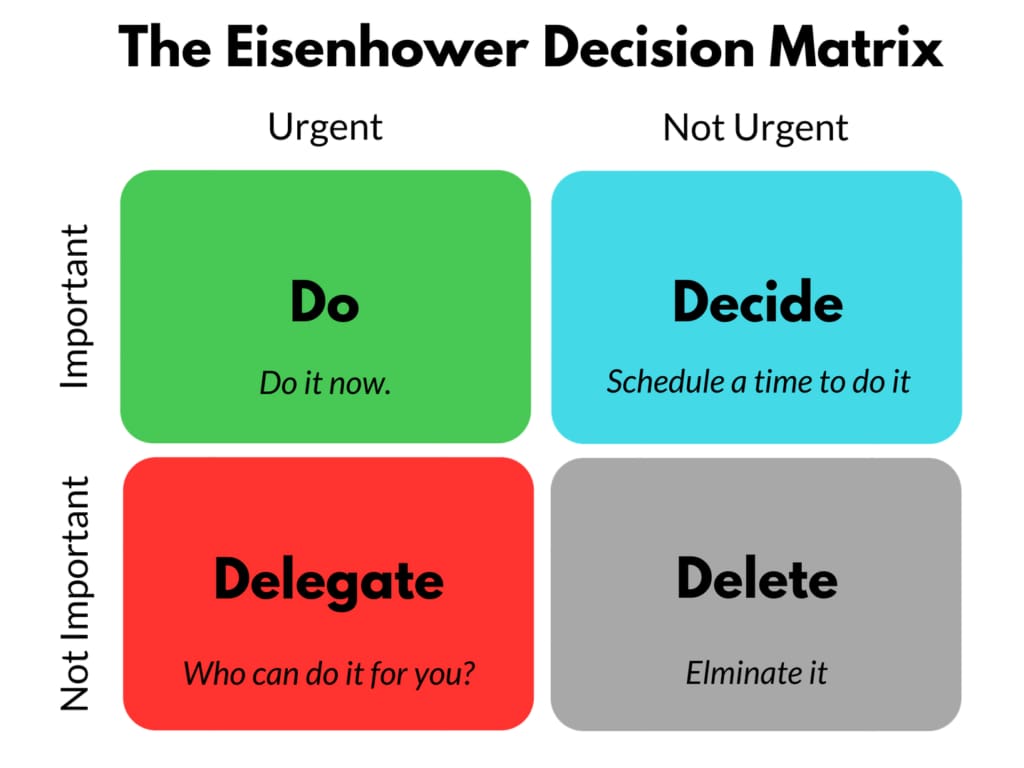4 frameworks for killer mobile app retention
How do you achieve insane mobile app retention rates? One way is magic. Another is pure accident. The third is by applying smart frameworks to science (and magic) your way to better user retention.
If you opt for magic, hey, I feel you. I’d like that too. And sometimes it can feel like magic when you see insane retention rates like 56% in the wellness space. Accident is also nice, but the problem with achieving high mobile app retention by accident (or by magic, for that matter) is that it’s not very repeatable.
Plus the 1 thing we know for sure about mobile app retention is that it’s a land war in Asia, not a special forces surgical strike. (In other words, fighting to improve retention never ends.) So I recently chatted with a mobile app retention specialist who shared 4 frameworks to boost engagement and retention over the long haul. Using a framework, he said, is like standing on the shoulders of giants: they’re force multipliers to reveal insights and unlock previously overlooked avenues of growth.
The 4 frameworks are:
- The Psych’d Framework by Darius Contractor
- RICE prioritization
- Eisenhower’s Urgent vs Important Matrix
- Elena Verna’s conversion rate decline diagnostic
The mobile app retention specialist is Jacob Rushfinn, who writes Retention.blog, and we went through each of the frameworks in a Growth Masterminds episode.
Hit play and keep scrolling …
Psych Framework for mobile app retention
The Psych Framework, used and shared by Darius Contractor, is a way to work through app open experiences in a systematic way while adding up experiences, visuals, and requirements to build out a “psych” score.
“For each element on the page, you are assigning the psych score,” says Rushfinn. “Is this element generating positive or negative emotions?”

This visual depicts using the Psych Framework on a website landing page, but it’s easy to imagine using it for app onboarding.
- Brief welcome: +5
- Simple, clean, attractive design: +5
- Great invitation or offer: +10
- ATT prompt with request to allow to track: -5
- Request for notifications permissions: -5
- And so on …
“The idea is that you add up all these points, add up these positive emotions and negative emotions,” Rushfinn says. “Ideally, you get to a positive score.”
Of course, this requires a degree of guesswork. What counts as “an attractive design?” What counts as a “great invitation” or a good offer?
Here’s where you need to know your target audience: geo, age, culture, design influences, likes, needs, wants. If you know this — and ideally if you have a team member who embodies this target audience — you have a better shot at getting your app’s Psych score right.
Once you do — and you can do some testing to figure out if you are getting it right — then you have a framework for holistically evaluating all the components of a screen, an onboarding flow, a first app experience, or whatever you want. And that means you can then “debug” it to ensure people’s Psych scores are as high as possible.
RICE prioritization
All app teams have at least 1 common problem, and that’s prioritization. What should we do next, and what will move the needle the most? That’s the case for all things in app development, including product management, live ops, user engagement, and user retention.
A potential answer: RICE prioritization.
Essentially, it’s a way of estimating the value of a project. When prioritizing with RICE, you estimate the Reach of a change (how many people it will affect), the Impact of the change (how important will it be), the Confidence level you have in those estimates, and then multiply all of those together. Finally, you divide by the Effort required to complete the project.
(Yes, GPT-4 made this image, and yes, it sucks.)
“It’s kind of a more holistic way to think about what you should do first,” Rushfinn says.
The best thing about a framework for prioritization is that a common challenge for product and development teams is when everything is a top priority. Or, everyone has their own pet project, and to reject it is to invite negative emotion between team members. Or you just really can’t agree on what’s top priority.
The good thing is that when you prioritize systematically like this, you can avoid some of that tension and add clarity.
But there’s a flaw to watch out for:
“As much as I love it, sometimes you get a lot of quick wins based on the framework,” says Rushfinn. “I like quick wins, but you need to balance your bets, right? And so we need to have maybe 50% quick wins, but then we also need to take some big shots that we’re a little less confident about.”
His point: some of the big swings lead to home runs.
And it’s hard to win just hitting singles all the time. Occasionally you need a grand slam.
The Eisenhower Decision Matrix (yup, you can use this for mobile app retention projects)
The Eisenhower decision matrix is none other than the Urgent/Non-urgent and Important/Non-important 2 x 2 matrix you’ve seen a million times before. Eisenhower, of course, was the World War II general who led the combined Allied armies as well as the 34th president of the United States.

“I think that’s the most valuable part of this framework of understanding what’s important but not urgent, and making sure you make time for that,” Rushfinn says.
What that means is spending time in quadrant 2 as much as possible, on things that don’t ring or alarm but will set you up for significant future success. Stephen Covey, author of The 7 Habits of Highly Effective People, called this the quadrant of value.
Mobile app retention can feel like a quadrant 2 activity almost all the time. There’s a lot of urgency, typically, to get new users, players, customers in the front door. In most organizations, there’s a lot less urgency around creating such a wonderful experience for them once they enter that they never want to leave.
Elena Verna’s conversion rate decline diagnostic
Mobile app retention is about maximizing the opportunities you have with existing users to boost engagement and boost monetization. But when your conversion rate declines or your performance drops and your monetization goes backwards, you need to diagnose the situation.
The challenge is figuring out exactly what the problem is.
And that’s where Elena Verna’s conversion rate decline diagnostic comes into play. (Check it out at Reforge.)
“In our digital world, there’s so many different potential options of what are all the inputs,” Rushfinn says. “I love this systematic approach where it’s a simple kind of flowchart — a little yes/no flowchart — but it breaks down a great process for really digging into a conversion rate decline.”
What you do is simply follow the steps down the tree to diagnose a problem:
- Is it simply a data issue?
- Is it a significant trend?
- Is it seasonality?
- Did you just release a significant new version?
- Did UA just significantly change?
- And so on …
Based on the answers, you’re fixing your data inputs or checking cohorts or channels for substantially changing metrics.
“If you have a decent tool, it usually doesn’t take that long and then it points you in the right direction to uncover what happened,” Rushfinn says.
Finding out the why, of course, is the first step to figuring out the what, including in mobile app retention challenges or changes.
Much more in the full podcast
Check out the full podcast in the video above, or subscribe to it on your favorite podcast platform:
Stay up to date on the latest happenings in digital marketing


